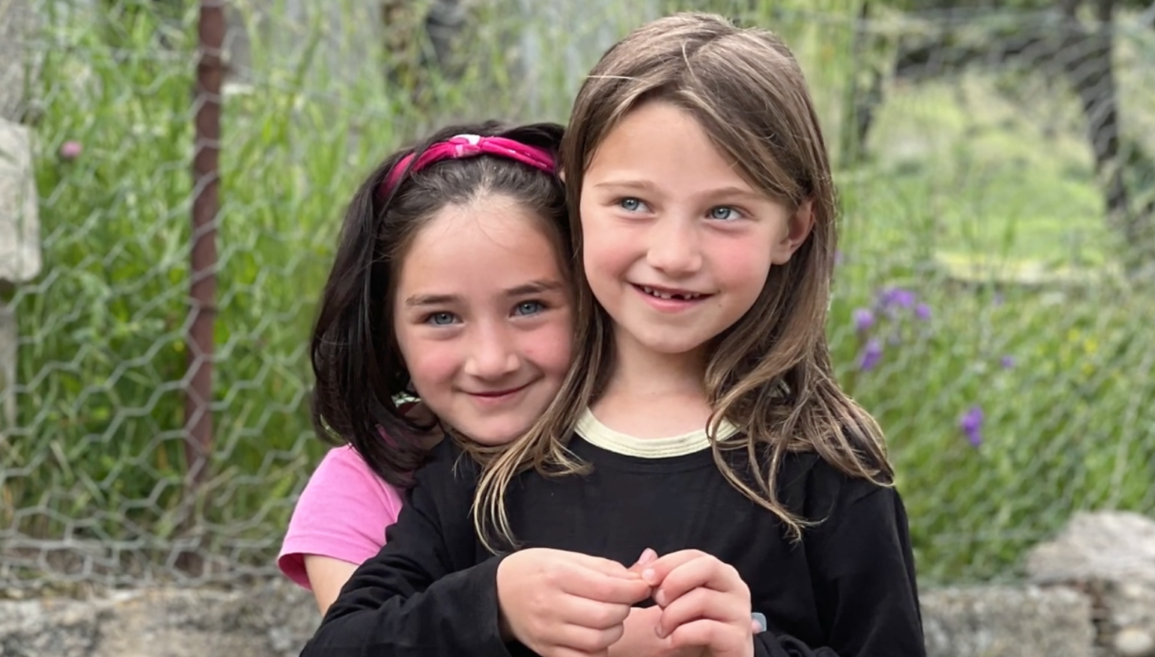Kyrgyzstan (Mailuu-Suu) – Legacy Uranium Dumps

| Location | Osh, Kyrgyzstan |
| Region | Eastern Europe & Central Asia, |
| Pollutants | Uranium |
| Source | Mining |
| Transmission: | water, soil, air |
| Potentially affected people: | 25,000 |
The problem
There are twenty three tailing dumps and thirteen waste rock dumps scattered throughout Mailuu-Suu, Kyrgyzstan, home to a former Soviet-era uranium plant. From 1946-1968 the plant produced and processed more than 10,000 metric tons of uranium ore–products eventually used to create the Soviet Union’s first atomic bomb. What remains now are not atomic bombs, but 1.96 million cubic meters of radioactive mining waste. The combination of unsecured radioactive waste with the region’s high seismic activity threatens to contaminate the drinking water supply of the entire Ferghana valley: a fertile and densely-populated area, with inhabitants in the hundreds of thousands, stretching throughout Kyrgyzstan, Uzbekistan, and Tajikistan. In May 2002 a huge mudslide blocked the course of the Mailuu-Suu river and threatened to submerge another toxic waste site. In April 2005 the Obschestvenny Reiting newspaper reported that after another earthquake and landslide, about 300,000 cubic meters of material fell into the Mailuu-Suu River near the uranium mine tailings.
Health Impact
A 1999 study conducted by the Institute of Oncology and Radioecology showed that this area’s cancer rate was double that of the rest of the country.
Uranium is a known carcinogen and mutagen, that can additionally damage the kidneys, liver, and cardiac tissue. Decay of uranium produces radon gas, which has been found in elevated concentrations at these sites: radon is also carcinogenic, believed to be the most significant cause of lung cancer other than smoking.
Current Activity
On-site interventions involved before-and-after comparative examinations of radiation levels. Early levels in schools and hospitals were unsatisfactory, so Blacksmith made new water filters available and provided technical and logistic assistance in switching water supply systems whenever possible. Blacksmith also held special training workshops for school and cafe employees, and 11 educational sessions for schoolchildren: the aim being to instil basic radiation hygiene techniques such as aggressive handwashing, rinsing and sweeping away dust, use of water filters, and shredding meat and vegetables before storage in order to allow more thorough washing and removal of radioactive contaminants.
Outcome
The content of uranium and other metals in the drinking water tested at schools and hospitals decreased by 48-65%. In-room exposure of residents of all ages (mostly through radioactive material embedded in walls and penetration by radon gas) decreased by 38-55%.
Two families had to be immediately relocated due to severe radon contamination (more than 1,000bk/m^3), and three more are now awaiting relocation. Dozens more local houses at potential risk now have radon counters installed to warn inhabitants as needed.
